by Andrew Hedglin
To be totally honest with you, historical fiction was not really on my radar this time last year when I started working at Lemuria. However, some of the best books I’ve read over the past year—A Free State by Tom Piazza and Free Men by Katy Simpson Smith—have totally turned my attitude around on the genre. And then came Yaa Gyasi’s Homegoing, a book I’d call a masterpiece.
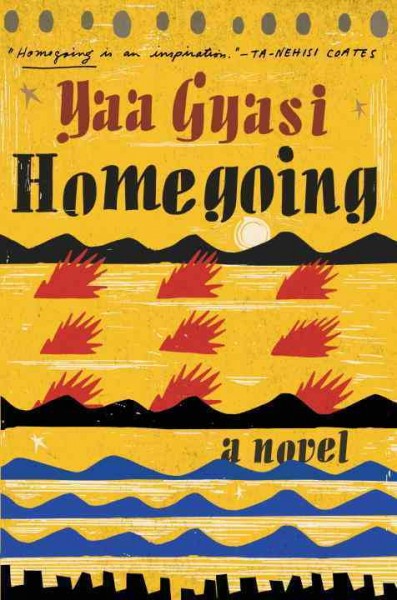 Homegoing tells the story of two family lines descended from the same woman, Maame: Effia is her daughter born when she was slave in a Fante household; Esi is her daughter by the union with her Asante husband. Effia ends up as the wife of a white English slave trader, whereas Esi ends up herself as a slave, shipped across the Atlantic. The novel follows the descendents of both Effia and Esi each for seven generations, through war and slavery and discrimination.
Homegoing tells the story of two family lines descended from the same woman, Maame: Effia is her daughter born when she was slave in a Fante household; Esi is her daughter by the union with her Asante husband. Effia ends up as the wife of a white English slave trader, whereas Esi ends up herself as a slave, shipped across the Atlantic. The novel follows the descendents of both Effia and Esi each for seven generations, through war and slavery and discrimination.
What’s really fascinating, I think, is that although the characters face experiences emblematic of whole peoples, they never seem less than real people. My heart breaks for Kojo, a shipbuilder in Baltimore who spends almost all his life free, with a large, happy family, yet is isolated in his family lineage on both ends through slavery, not really ever knowing his mother Ness or son H. Or Akua, whose abuse at the hands of a missionary drives her to destructive insanity, only to end as one of the wisest, strongest, and oldest characters in the entire book. Almost every character retains his or her individuality or humanity.
And yet history matters so much. Characters have the free will to make their own choices and shape their own characters, but they are often denied the chance to make a difference in their descendants due to the historical narrative. Personal morality only makes so much of an impact, and often characters have to reach back two generations for strength.
This makes the American line of descendants, starting with Esi, so particularly heart-wrenching. The psychic pain of detachment from home and family can be the most affecting of all the traumas. Although the novel is definitely a book about what it is to be human, it is both distinctly African and African-American, thematically probing how those things are forever connected and disconnected.
There are some words I remember from Ta-Nehisi Coates’ Between the World and Me that kept echoing in my head as I read this book. He’s exhorting his son, Samori, not to confuse his ancestors in slavery with links in a chain. Coates says: “I have raised you to respect every human being as singular, and you must extend that same respect into the past….You must struggle to remember this past in all its nuance, error, and humanity….The enslaved were not bricks in your road, and their lives were not chapters in your redemptive history.” The novel ends on a somewhat hopeful note that the the title perhaps promises, but there are several chapters in the book where, if ended there, could be construed as hopeful. History does not work in a straight line, trending neither strictly upward nor downward. One of the most powerful lessons of Homegoing is not the promise of hope, but the study of humanity, with beauty still present all the same.
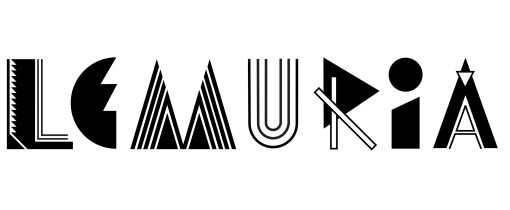
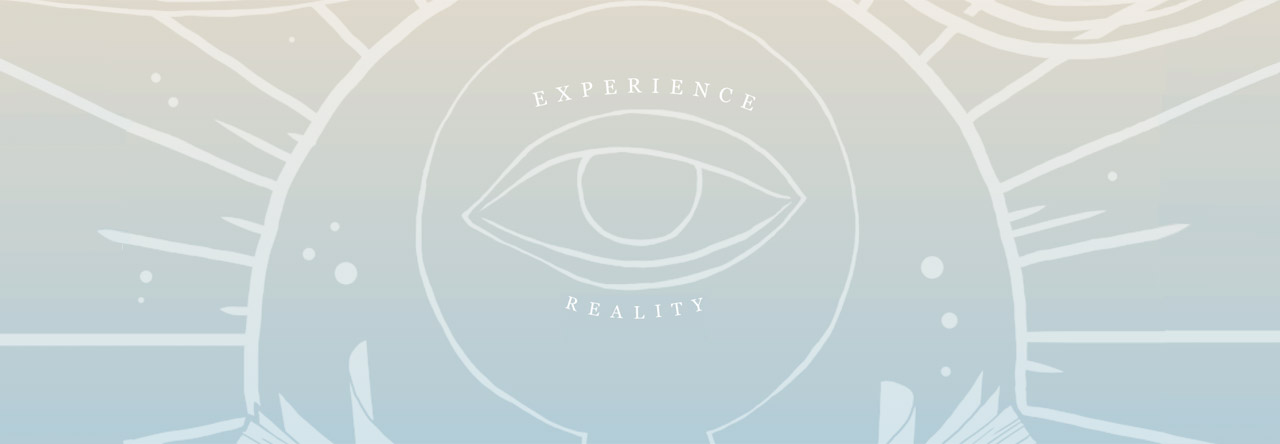
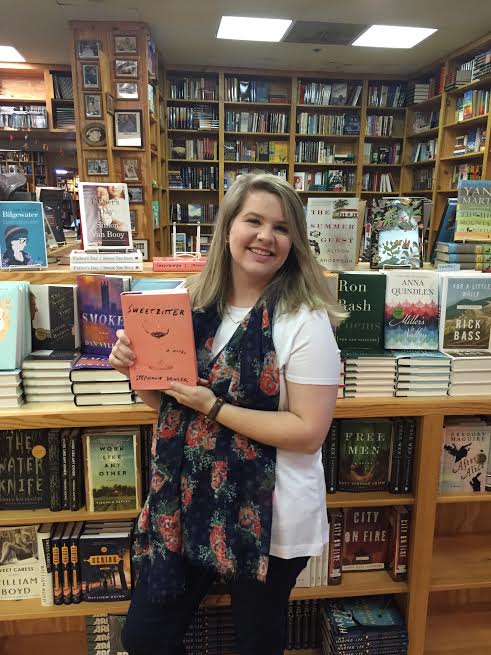 How long have you worked at Lemuria? 6 months
How long have you worked at Lemuria? 6 months One escape I have thoroughly enjoyed recently is Vladimir Nabokov’s
One escape I have thoroughly enjoyed recently is Vladimir Nabokov’s  How long have you worked at Lemuria? About 5 months.
How long have you worked at Lemuria? About 5 months.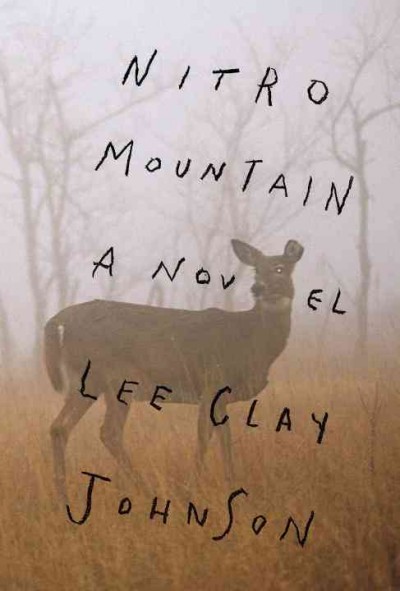 The setting is a mine-polluted corner of Virginia. We meet Leon, a broken-armed, lovesick bass player who moves from couch to couch trying to pull himself together. We meet Jennifer, Leon’s on-again, off-again girlfriend who is falling into a rough crowd with Arnett, a drug addict and dealer with a whole list of issues. All of these characters are constantly trying to hold on to any hope they can find within their broken down lives. Johnson takes these characters and gives them the humanity they deserve. Even though they make bad choices, you can’t help but hope that they’re going to pick themselves back up and keep going. This is a close up look into the underbelly of contemporary Appalachia, and Johnson does a great job pulling the reader into this raw, dark world.
The setting is a mine-polluted corner of Virginia. We meet Leon, a broken-armed, lovesick bass player who moves from couch to couch trying to pull himself together. We meet Jennifer, Leon’s on-again, off-again girlfriend who is falling into a rough crowd with Arnett, a drug addict and dealer with a whole list of issues. All of these characters are constantly trying to hold on to any hope they can find within their broken down lives. Johnson takes these characters and gives them the humanity they deserve. Even though they make bad choices, you can’t help but hope that they’re going to pick themselves back up and keep going. This is a close up look into the underbelly of contemporary Appalachia, and Johnson does a great job pulling the reader into this raw, dark world.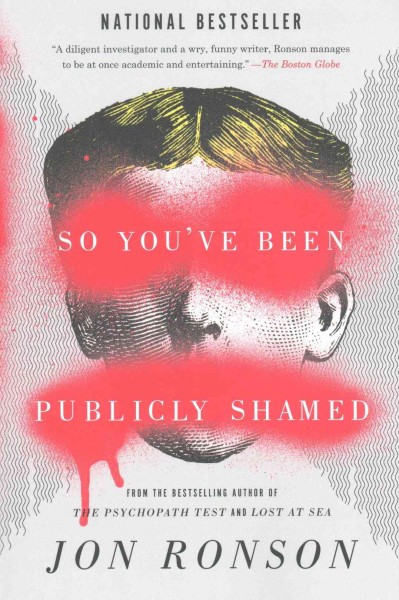 So You’ve Been Publicly Shamed
So You’ve Been Publicly Shamed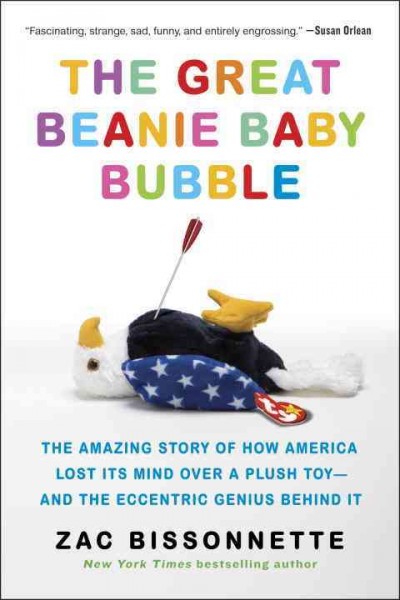 The Great Beanie Baby Bubble
The Great Beanie Baby Bubble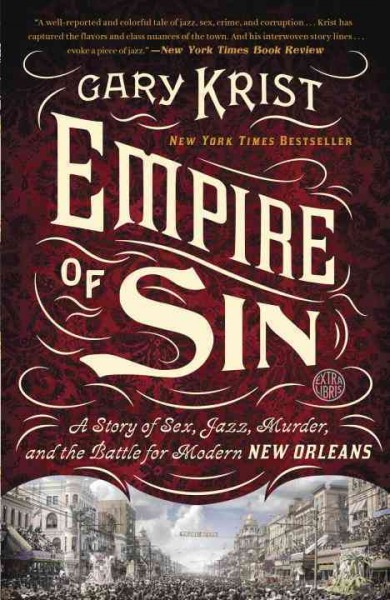 Empire of Sin: A Story of Sex, Jazz, Murder, and the Battle for Modern New Orleans
Empire of Sin: A Story of Sex, Jazz, Murder, and the Battle for Modern New Orleans The Disappearing Spoon: And Other True Tales of Madness, Love, and the History of the World from the Periodic Table of Elements
The Disappearing Spoon: And Other True Tales of Madness, Love, and the History of the World from the Periodic Table of Elements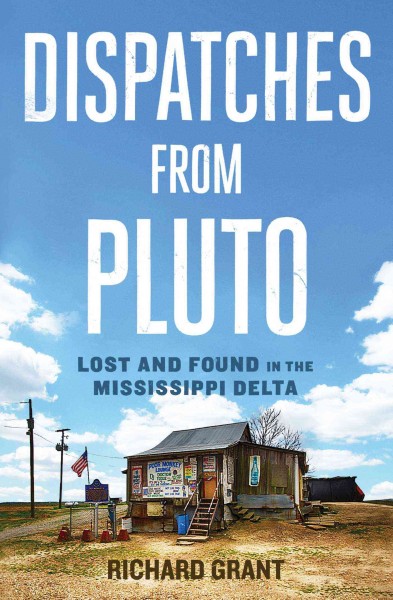 Dispatches from Pluto: Lost and Found in the Mississippi Delta
Dispatches from Pluto: Lost and Found in the Mississippi Delta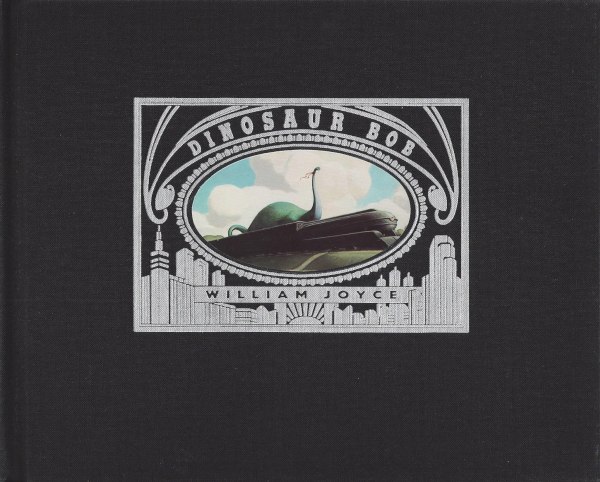
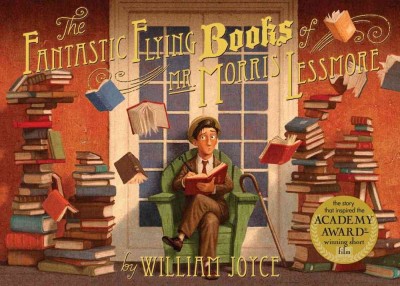
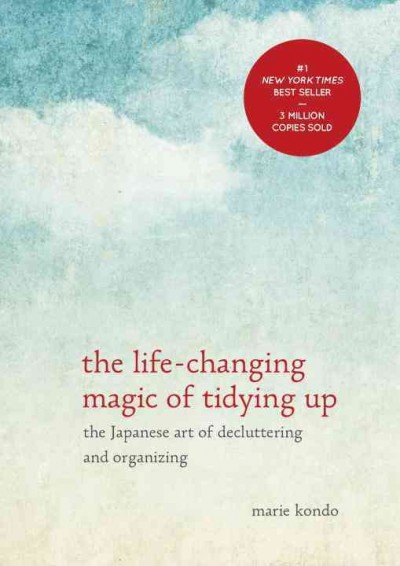 For those of you who are ready to get serious about “out with the old,” pick up a copy of the acclaimed
For those of you who are ready to get serious about “out with the old,” pick up a copy of the acclaimed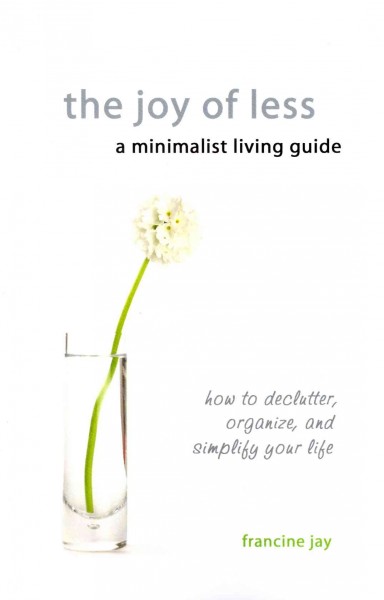 Another recent read that really helped transform my perspective on material things is
Another recent read that really helped transform my perspective on material things is  Lastly, for those hardcore minimalists out there, take a look at
Lastly, for those hardcore minimalists out there, take a look at 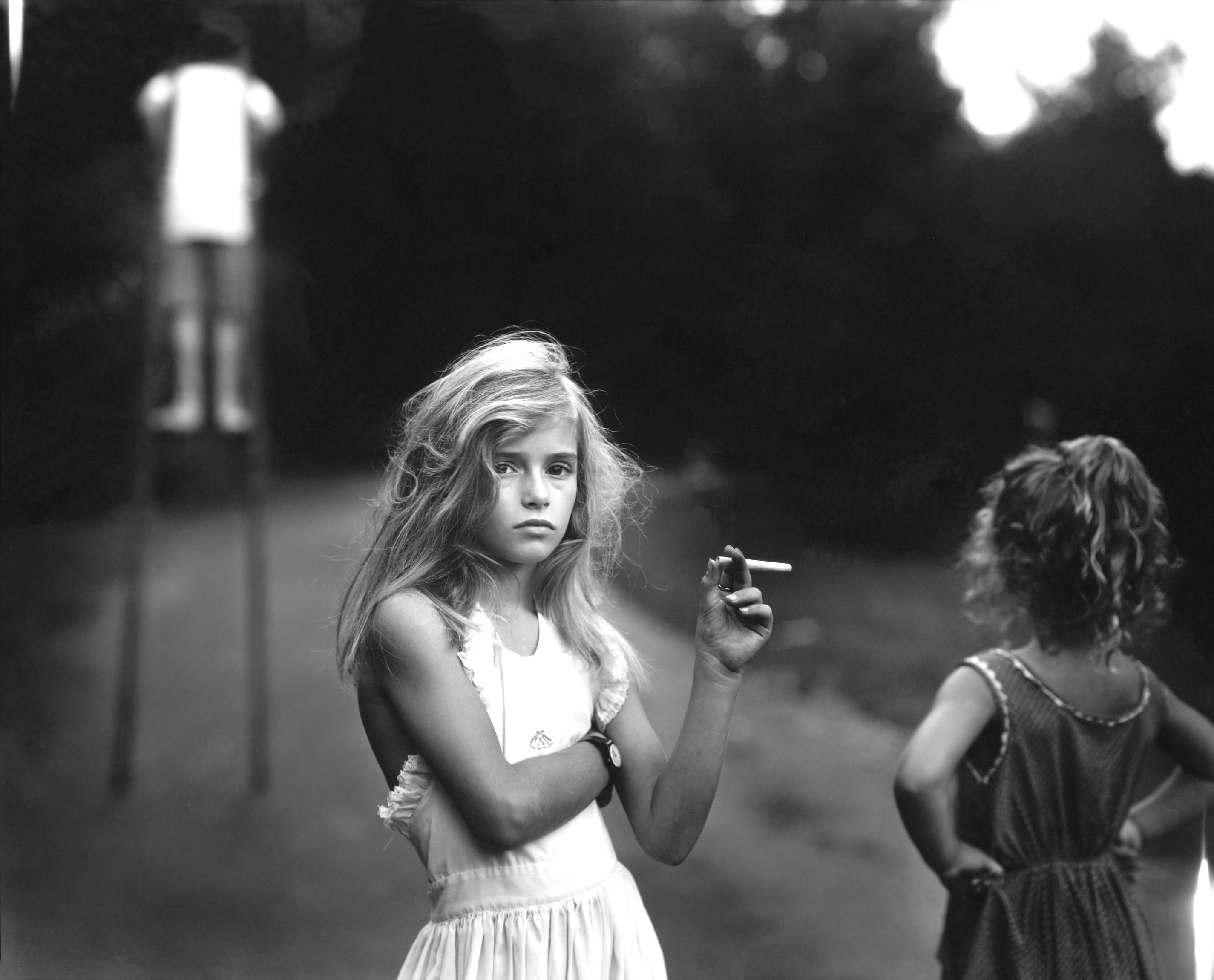
 Just a week ago I realized that I could not have the woman I basically worship come to Lemuria without even reading her book. So I did it. I picked up the book I had treasured like a child for almost a year. This book has had permanent residence beside my bed in two different homes at this point. I can only blame putting it off for so long because of my own stupid fear. What if it wasn’t as good as I needed it to be? After all, she is human. She could get it wrong. Thankfully all that worrying was in vain because not unlike Patti Smith, Sally Mann is a Renaissance woman. And if I had looked a little more closely, I would have seen that Patti had even blurbed the damn thing on the back.
Just a week ago I realized that I could not have the woman I basically worship come to Lemuria without even reading her book. So I did it. I picked up the book I had treasured like a child for almost a year. This book has had permanent residence beside my bed in two different homes at this point. I can only blame putting it off for so long because of my own stupid fear. What if it wasn’t as good as I needed it to be? After all, she is human. She could get it wrong. Thankfully all that worrying was in vain because not unlike Patti Smith, Sally Mann is a Renaissance woman. And if I had looked a little more closely, I would have seen that Patti had even blurbed the damn thing on the back.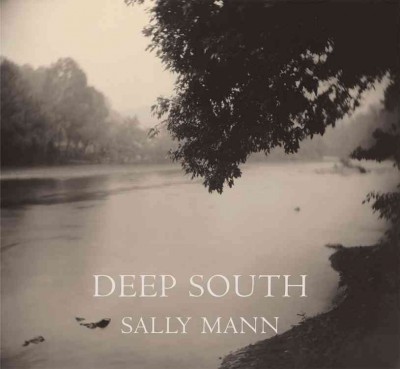 And then we come to her writing about her work. Well I could read about that until I am I don’t know what. Immediate Family was the first body of work that I became familiar with of Sally’s, but it was her writing about Deep South that really resonated with me. Being a Mississippi delta girl and someone who is very connected to the land, I very much get what she was doing with this work. But I can honestly say I didn’t feel the images before as I do now. I am looking at those images in a completely different way now. In one part she says that the images look “breathed onto the plate.” If you haven’t read the book or aren’t familiar with her process, she is referring to the way the southern landscape and the light appear on a collodion plate. “Breathed onto the plate.” Now that is one of the loveliest things I’ve ever read, and it will always be with me.
And then we come to her writing about her work. Well I could read about that until I am I don’t know what. Immediate Family was the first body of work that I became familiar with of Sally’s, but it was her writing about Deep South that really resonated with me. Being a Mississippi delta girl and someone who is very connected to the land, I very much get what she was doing with this work. But I can honestly say I didn’t feel the images before as I do now. I am looking at those images in a completely different way now. In one part she says that the images look “breathed onto the plate.” If you haven’t read the book or aren’t familiar with her process, she is referring to the way the southern landscape and the light appear on a collodion plate. “Breathed onto the plate.” Now that is one of the loveliest things I’ve ever read, and it will always be with me.